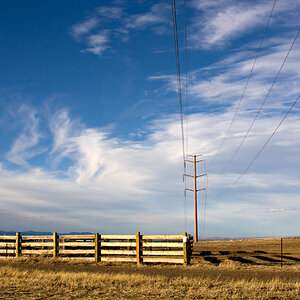CaptainNapalm
No longer a newbie, moving up!
- Joined
- Nov 27, 2012
- Messages
- 796
- Reaction score
- 143
- Location
- Toronto, Ontario, Canada
- Can others edit my Photos
- Photos OK to edit
When I bought my first FX body not long ago, the Nikon D600, it came from factory with the Auto-Crop mode activated. Until today, I didn't realize you can turn it off. After turning it off I realized that this created some great opportunities for one of my favourite DX lenses - the wide angle 12-24 f/4 which delivered superb wide angle photos on my D7000.
Unfortunately, with the crop mode activated on the D600, this lens worked only using the middle portion of the FX sensor producing decent images at about 10MP at any focal length. This wasn't enough to satisfy my needs so for the past few weeks I've been looking around for FX wide angle lenses which are certainly not cheap. However, with the crop mode turned off when I shoot with the 12-24mm at 12mm there is some vignetting on the corners but should I do the cropping myself in post this still leaves much more image for me than what the camera does in crop mode. Nevertheless, I don't want to be bothered with cropping all the time, so let's just say at 12mm it's useless. However when I zoom in a bit to say 16-18mm (common focal length for FX wide angle lenses) the vignetting disappears and I'm left with a clean, 24MP image. (Note: had I still been in crop mode at that focal length the camera would still chop the image in half but with it turned off it doesn't).
Now here is what I'm thinking, why would I spend $1200-$1500 on an FX wide angle lens like the 16-35mm f/4 or similar when I can deliver the same photos on my DX 12-24mm lens zoomed in to just enough for the vignetting to disappear. I mean other than perhaps just a slight improvement in IQ from the more expensive lens, would there be any other benefit of my buying a dedicated wide angle FX lens if I can make my 12-24 DX work the same at 16 or 18mm? The images are resolving at 24MP at that focal length, I'm still benefiting form great ISO performance, the lens itself is lighter and more compact, and this isn't a cheap bad optic lens. Am I missing something obvious here? Why would the camera maker not make the crop-mode a "smart mode" so to speak so that it recognized the unusable portions of any DX lens and any given focal length and maximizes the field of view accordingly, rather than just applying the same annoying crop at all focal lengths. Hoping to hear your thoughts. and thanks in advance for your input.
Unfortunately, with the crop mode activated on the D600, this lens worked only using the middle portion of the FX sensor producing decent images at about 10MP at any focal length. This wasn't enough to satisfy my needs so for the past few weeks I've been looking around for FX wide angle lenses which are certainly not cheap. However, with the crop mode turned off when I shoot with the 12-24mm at 12mm there is some vignetting on the corners but should I do the cropping myself in post this still leaves much more image for me than what the camera does in crop mode. Nevertheless, I don't want to be bothered with cropping all the time, so let's just say at 12mm it's useless. However when I zoom in a bit to say 16-18mm (common focal length for FX wide angle lenses) the vignetting disappears and I'm left with a clean, 24MP image. (Note: had I still been in crop mode at that focal length the camera would still chop the image in half but with it turned off it doesn't).
Now here is what I'm thinking, why would I spend $1200-$1500 on an FX wide angle lens like the 16-35mm f/4 or similar when I can deliver the same photos on my DX 12-24mm lens zoomed in to just enough for the vignetting to disappear. I mean other than perhaps just a slight improvement in IQ from the more expensive lens, would there be any other benefit of my buying a dedicated wide angle FX lens if I can make my 12-24 DX work the same at 16 or 18mm? The images are resolving at 24MP at that focal length, I'm still benefiting form great ISO performance, the lens itself is lighter and more compact, and this isn't a cheap bad optic lens. Am I missing something obvious here? Why would the camera maker not make the crop-mode a "smart mode" so to speak so that it recognized the unusable portions of any DX lens and any given focal length and maximizes the field of view accordingly, rather than just applying the same annoying crop at all focal lengths. Hoping to hear your thoughts. and thanks in advance for your input.
Last edited:


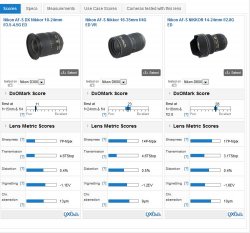
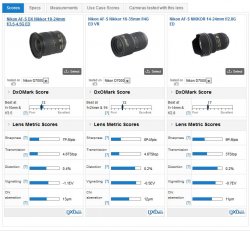
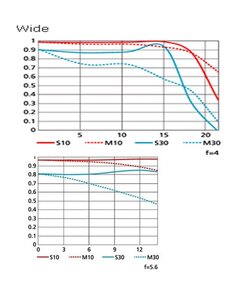
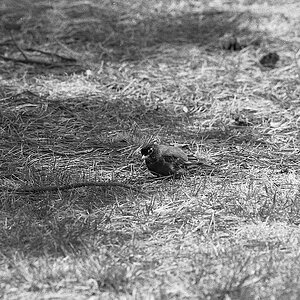
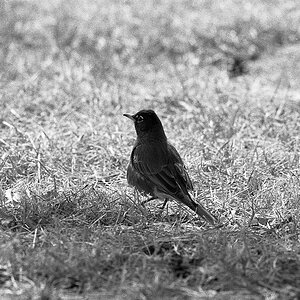





![[No title]](/data/xfmg/thumbnail/35/35665-6506470fd930bd101375a007d572615a.jpg?1619737089)
![[No title]](/data/xfmg/thumbnail/39/39509-3c2c5856429b4b8ff3cf44cd3b2afa8c.jpg?1619739064)
![[No title]](/data/xfmg/thumbnail/41/41756-e54235f9fba04c8380cd991845bb84b1.jpg?1619739881)
